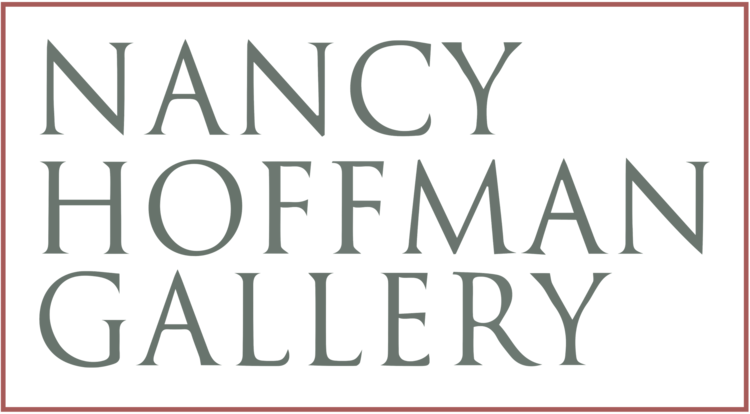IIAN AVERBUCH
ABOUT THE ARTIST
Ilan Averbuch was born in Tel Aviv, Israel in 1953. He received a B.F.A. from the School of Visual Arts, New York and an M.F.A. from Hunter College, New York. He lives and works in New York. Since the early 1980’s his work has been exhibited regularly in the United States, Europe, Israel, India and Canada.
In a catalogue essay for his retrospective show at the Open Museum in Tefen, Israel, in June 1997, the art critic Carter Ratcliff wrote “in part his sculptures owe their monumental aura to their materials—stone, copper, lead, heavy wooden beams. In greater part, this aura is created by his themes—civilization and its history, its interactions with nature. Yet the deepest power of Averbuch’s art is it’s truly convincing monumentality, the product of qualities that we ordinarily consider anti-monumental. A monument of the usual sort has a single message, simply stated. Sculpture of this sort presents its single-mindedness as a claim to authority.
The authority of an Averbuch monument is quite different, for it flows from a refusal to advance just one idea. As we have seen, his images not only permit, they demand, multiple readings. He is a master of ambiguity, of the richness of meaning that engages the imagination and prompts it to follow cues in every direction, as far as our energies will take us. Always subtle, he is often playful, and his art never permits us to be certain even about such seemingly simple matters as formal resemblance.”
On a smaller scale Averbuch has made three stone tables, each consisting of a slab of granite on wooden legs. The stones are carved and hollowed and poetically evoke a sense of place or three metaphoric stages in the human condition.
Averbuch has written of his work: “The drawings, while related to some of the sculptural images, reveal a relevance to places where the work can be placed. The drawings are intimate dialogues with particular sites that come from my public art activities. A massive book of steel and stone sits with its pages open in front of a public building; a towering vertical sculpture of wood topped by layers of stone stands tall in front of a row of low-lying horizontal buildings. The drawings suggest an environment and a place for a viewer and sculpture to interact.”


Exhibitions:
Thoughts
The Lily Pond
In The Garden







































